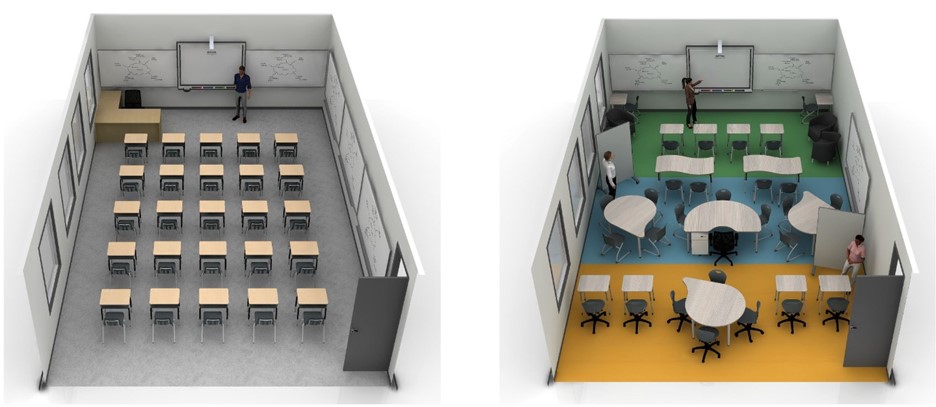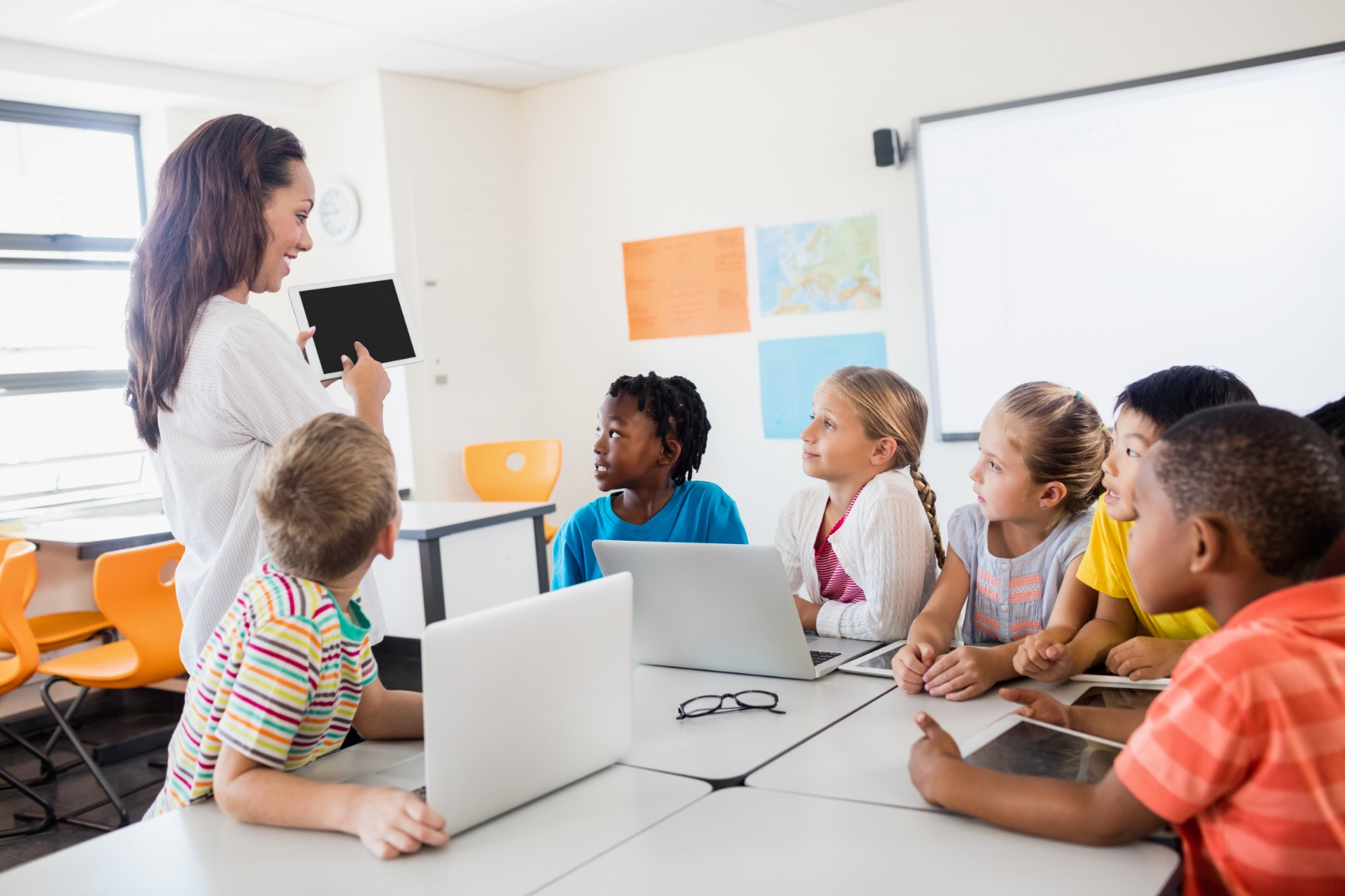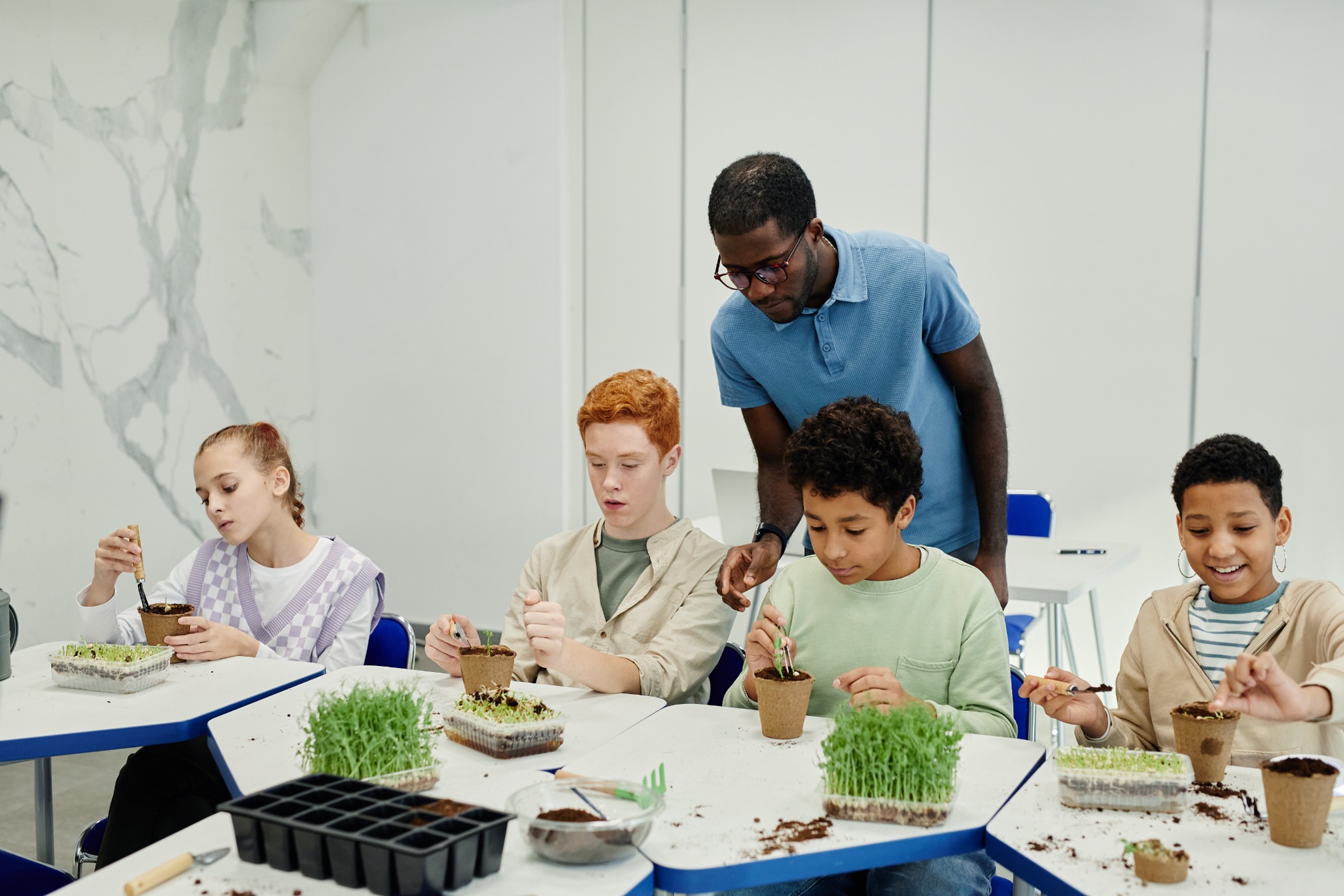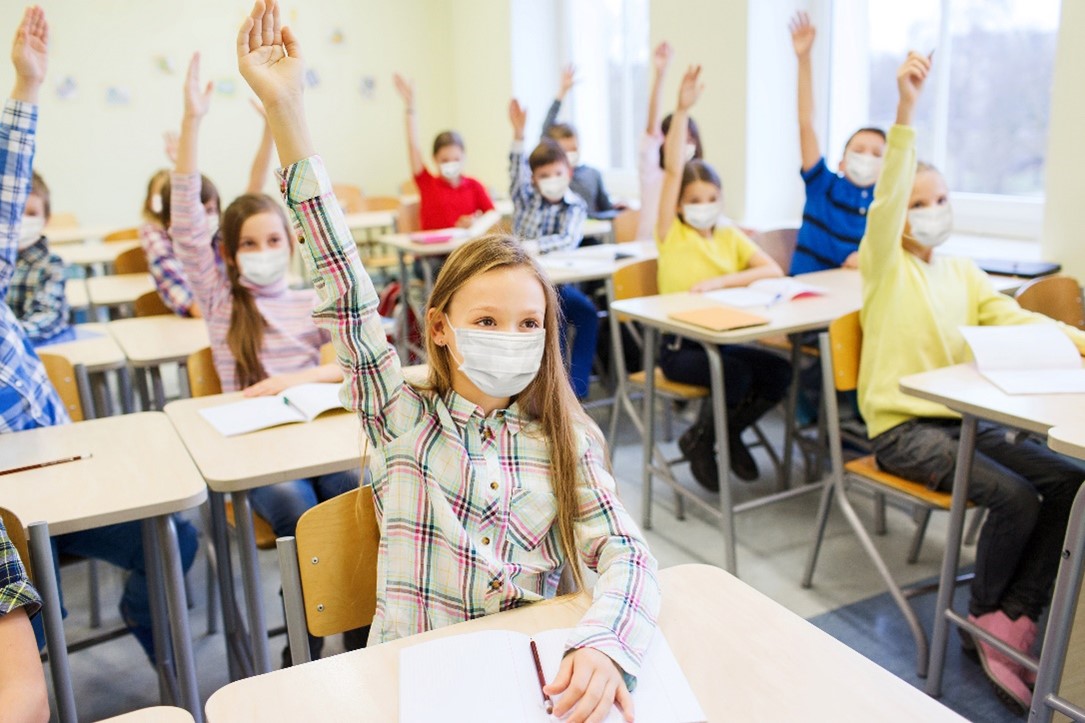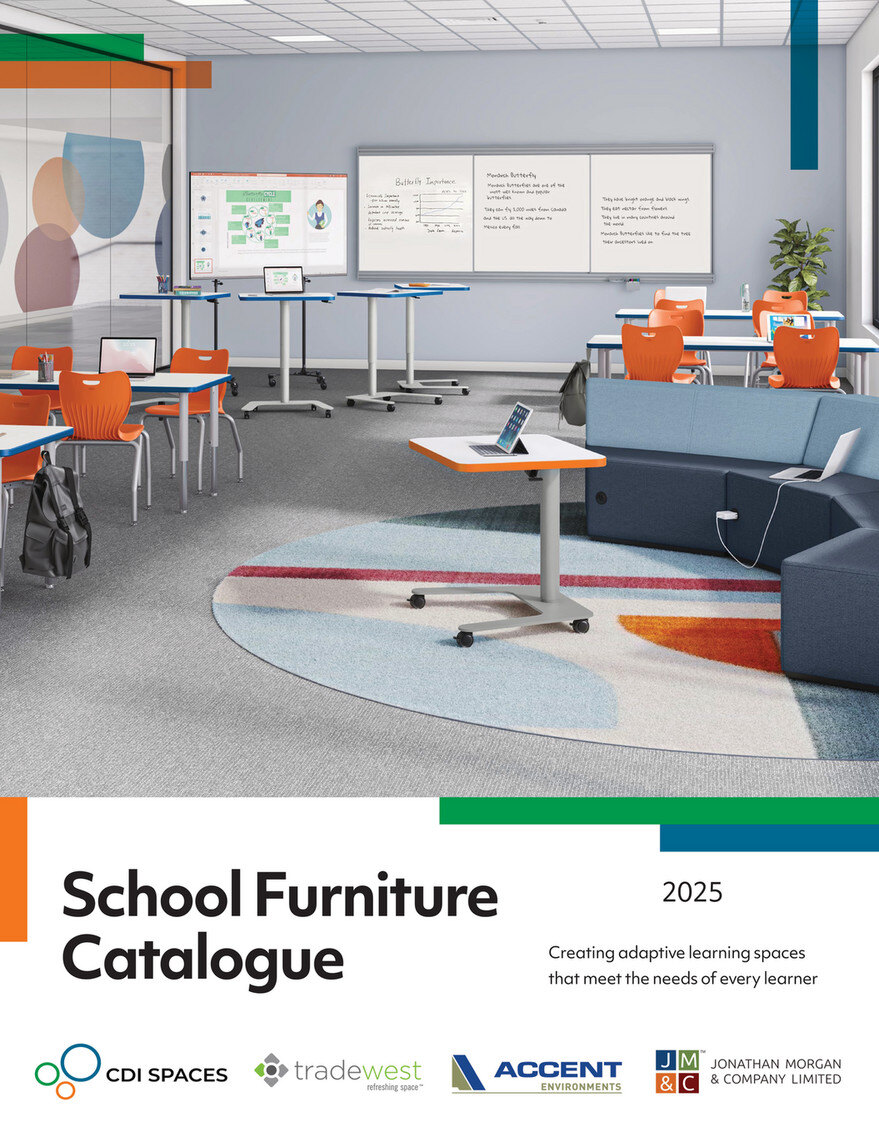Science has proven that there are better ways to design classrooms: ways that promote engagement, creativity, and collaboration. If you want students to succeed when they leave the classroom and become contributing members of society, factoring in the design trends discussed in this blog is a great starting point.
Whether it’s using modular furniture, biophilic design, re-arranging the layout of your classroom, or incorporating technology, these are all methods that have shown positive results regarding learning engagement and retention. It’s also important to remember that, like adults, children can learn anywhere. Don’t limit education to only the classroom. Sometimes the best learning happens in places you might not expect.
To learn more on this topic, see the following reference materials we used in creating this article:
The Science of Effective Learning Spaces: https://www.edutopia.org/article/science-of-effective-learning-spaces-melina-uncapher
Plant Power | 5 Benefits of Plants in the Classroom: https://www.teachstarter.com/gb/blog/5-benefits-of-plants-in-the-classroom-2/
Influence of Limitedly Visible Leafy Indoor Plants on the Psychology, Behavior, and Health of Students at a Junior High School in Taiwan: https://journals.sagepub.com/doi/10.1177/0013916508314476
Technology in Education: How Technology has Benefited Education: https://adamfard.com/blog/benefits-of-technology-in-education
How Teachers Are Using Technology at Home and in Their Classrooms: https://www.pewresearch.org/internet/2013/02/28/how-teachers-are-using-technology-at-home-and-in-their-classrooms/

